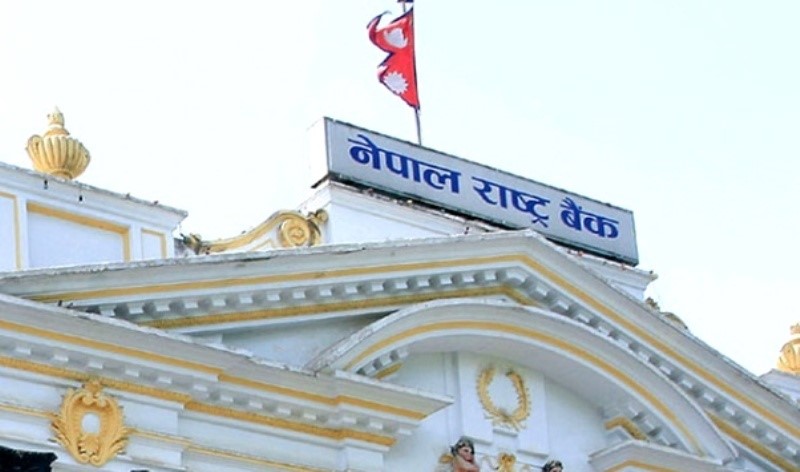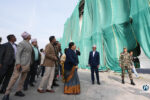KATHMANDU: The deposits in banks and financial institutions, including those from the general public, have reached Rs 6.265 trillion.
As of last Wednesday, deposits in banks and financial institutions reached this peak, marking the highest level recorded so far.
According to data on deposits and loans published by the Nepal Rastra Bank (NRB), deposits in banks and financial institutions were Rs 6.190 trillion by the end of Baishakh (May 13).
Since mid-May, there has been a significant increase.
Banks attribute this growth to the government’s increased spending as the fiscal year-end approaches.
Out of the total deposits, commercial banks hold Rs 5.546 trillion.
Other banks and financial institutions account for Rs 718 billion in deposits, as per the central bank’s data.
However, loan disbursement stands at only Rs 5.135 trillion.
By mid-May, the total loan disbursement by banks and financial institutions was Rs 5.113 trillion.
Despite the increase in deposits, the data confirms that loan demand has not increased.
The sluggishness in the economic sector and the lack of immediate improvement in the government’s spending capacity indicate no signs of rising loan demand.
The government has not been able to show signs of attracting investors for further investments.
Commercial banks alone have disbursed loans amounting to Rs 4.543 trillion, while other banks and financial institutions have disbursed Rs 593 billion in loans.
Currently, the credit-to-deposit ratio (CD ratio) of banks and financial institutions is 79.83 percent.
Banks are allowed to invest up to 90 percent of this ratio in loans.
Accordingly, banks can still invest 10.17 percent of their deposits.
This means that banks and financial institutions can invest an additional Rs 637 billion from the current deposits.
However, due to the recent economic slowdown, loan demand has not increased.
Even with interest rates at their lowest point, loan demand has not risen, resulting in this money piling up in banks and financial institutions.









Comment